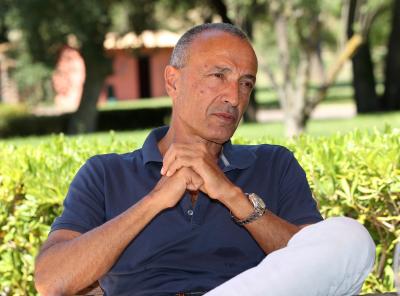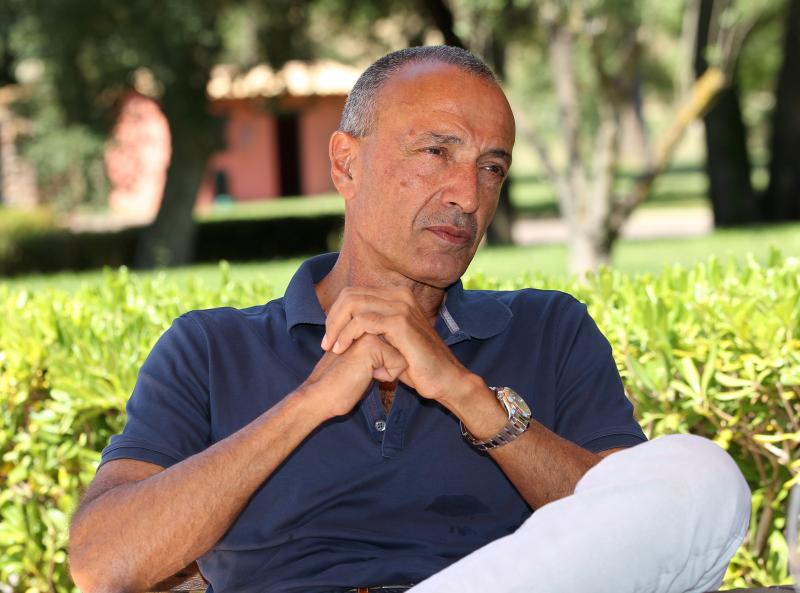"Throughout my life, I was repeatedly told that I was disorganized, impulsive, very active, careless, absent-minded, inattentive... I had social difficulties, at school, delays in understanding. I would lose my things, do things unconsciously, and couldn't remember whether I had done them or not. I was told to stop fidgeting, to calm down, to focus. I was unable to stay in a job for more than 2 months. I was diagnosed with ADHD (Attention Deficit Hyperactivity Disorder): the signs had been there since my childhood. Although it is very difficult to completely overcome this disorder, I started practicing sports regularly and meditation exercises which have helped manage my behavior. I became calmer and more aware." This testimony is from Dany, 45 years old, diagnosed in adulthood. He is not the only one to have long suffered from an undiagnosed neurodevelopmental disorder.
Attention Deficit Hyperactivity Disorder (ADHD) is not new, nor a consequence of children's exposure to screens, nor an educational problem. Indeed, ADHD is a neurodevelopmental disorder, associated with differences in the functioning and structure of the brains of affected individuals. Moreover, the exact cause of ADHD is unknown, but it is thought to be a combination of genetic and environmental factors.
Indeed, characterized by high levels of inattention, restlessness, hyperactivity, and impulsivity, ADHD is a syndrome that is a source of continuous and sometimes severe relational and cognitive disabilities. Moreover, due to the difficulties it causes at school or work, as well as in the family and social context, ADHD carries a risk of accidental injuries, addictions, depression, and suicide. Therefore, it is necessary to identify and manage it in order to mitigate its impact.
Furthermore, its diagnosis is based on a set of clinical indicators. The disorder begins before the age of 12; affected children have difficulty staying focused and are more distracted than others. They constantly interrupt their activities and also interrupt others. They have difficulty staying seated or even standing without moving, or restraining a word, an action, a desire. Thus, these behaviors persist for at least 6 months and occur in various environments, at school, at home, or in their leisure activities, and impair their quality of life on a daily basis. They can be associated with other disorders, such as learning disorders, dyslexia, and motor coordination disorders.
Moreover, its management can reduce symptoms and consequences: clinical studies have indicated that drug treatments are effective. They reduce the risks of academic underperformance, accidents, depressive disorders, and suicides. Their side effects are mild and can be managed by adjusting the dose administered and the choice of the molecule. However, non-pharmacological treatments such as cognitive-behavioral therapies are less effective in alleviating ADHD symptoms. They contribute to improving patients' lives, for example, by establishing routines in daily life.
To help you live with your hyperactivity and improve your daily life, here are some tips to implement:
- Vary your activities
- Reward the hyperactive child
- Organize your time
- Engage in physical activity
- Seek help
- Manage your moods and hyperactivity
- Organize your disorder.
Please post your comments on:
[email protected]
 Politics
Politics















